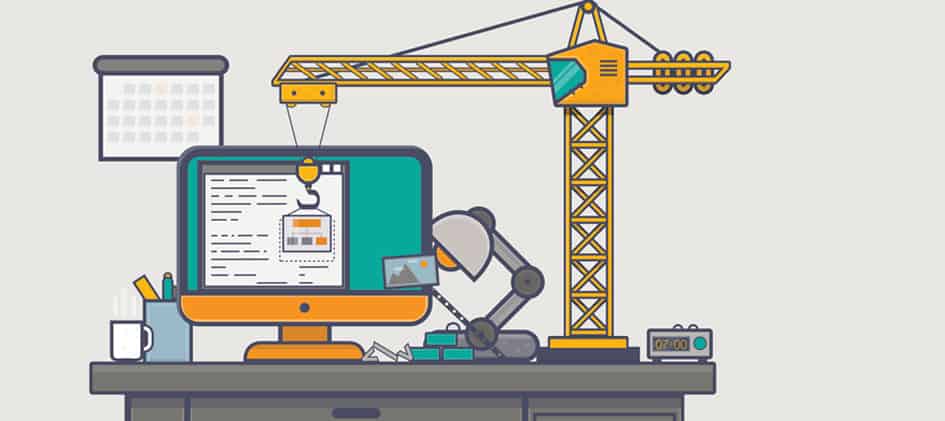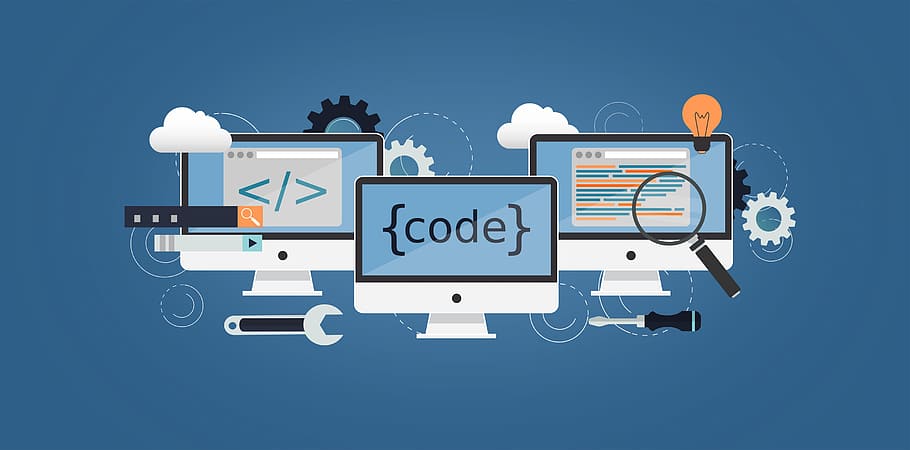Dashboards can make or break a digital product. The purpose of a dashboard is to provide a solution for organizing and presenting data in an efficient manner. Web developers should design a dashboard that can meet its purpose so that it can fulfill its mission of providing relevant data that users can analyze and interpret quickly.
Many dashboard designs clearly use data visualization to represent important data and track important indicators. Dashboards should also display information in a scannable format, with the most important data available immediately.
If dashboards cannot display data in a useful way, users will find it difficult to gain insights, which mean that it has poor design.
But how do you design dashboards that can help users come to an informed decision? Here are dashboard design principles designers should be aware and follow.
Here are the components of a well-designed dashboard:
- Access to Relevant Data
- Simplifies Complex Data
- Can Express The Meaning of Data
- Provide a Clear User Interface
Include the following components in your dashboard design.
Consider The Needs of Your User

This is the most basic dashboard design principle. The design of a dashboard should revolve around the needs of end user. Before designing a dashboard, the designer should determine what kind of data or information the user wants to analyze.
Communicating and working with stakeholders, users and clients to select relevant key performance indicators (KPI) will enable you to begin selecting the right kind of dashboard tools.
KPIs come from a wide range of data sources. During the design process you will need to connect these sources with APIs. The more data sources, the more time it will take or you to finish the design.
Select The Right Type Of Dashboard
Selecting the right kind of dashboard is also important during the design process. If the dashboard is intended for high level executive-use or decision makers, you need a KPI dashboard. Supervisors who are monitoring employee performance on the other hand will need an operational type of dashboard.
These 2 types are different. KPI dashboard offers an overhead view of exiting business metrics. It allows executives to understand the data in terms of strategies and the health of the company. This kind of dashboard can be configured to receive data weekly, monthly, quarterly or annually.
Operational dashboards on the other hand give users a real-time view of business operations. This is a good choice for supervisors and managers because it allows them to act quickly on setbacks that impact daily operations while giving them insights about employee productivity.
Immediate Access To Relevant Information
Another important dashboard design principle is to give users immediate access to important information. This is called the “5 second rule”. This means that all important information should be available within 5 seconds after the dashboard loads.
It is important to work with shareholders in order to determine which data is most important to them. You can then display this data on a prominent spot on the dashboard. After this, you can display remaining data in a logical order.
Select The Right Kind Of Visualization
The right visualization tool has a big impact on how data is presented. Designers usually get carried away with charts, maps and graphs.
When selecting a method, avoid cluttering the screen with different visualization tools. Select one or two types to maintain simplicity and consistency.
Line charts are good choices for showcasing data patterns but pie charts are usually ineffective because many users struggle to decipher the size of each slice. Tables are good for displaying data. However, if there is too much users will find it harder to scan.
Some of the best dashboard do not include charts or visualization tools for KPI. The top KPI is usually displayed as plain text in a prominent position – usually on top of the screen – to make them stand out against other data.
Keep It Simple and Easy To Understand

Above all, designers should strive to keep dashboard design simple and easy to understand. This will make it easier for users to analyze the information on the screen.
Group data into categories and then separate each category with a box or line. Users will then be able to separate essential data from the less relevant. Use simple fonts and minimal colors. A minimalist design will showcase the most important aspect in a dashboard: the information.
Conclusion
These dashboard tips should be able to help designers deliver a winning UX. Always remember to set goals for your dashboard design based on the needs of the user or your client. This will make it easier for you to design metrics and keep track of KPIs on the dashboard. Every dashboard addresses a different need. However, the principles above will help you focus on the needs of your end user.



